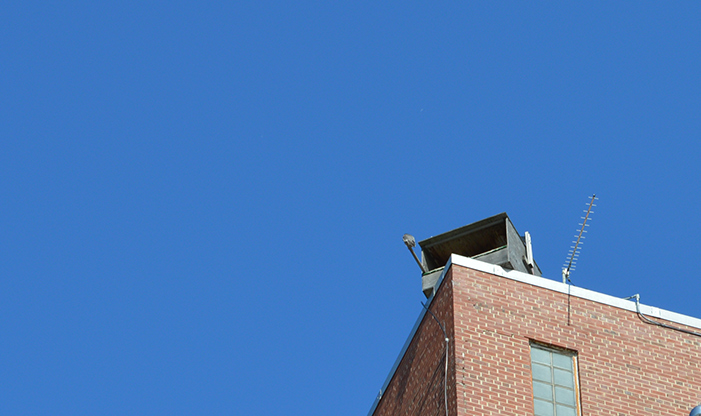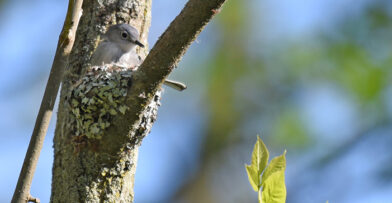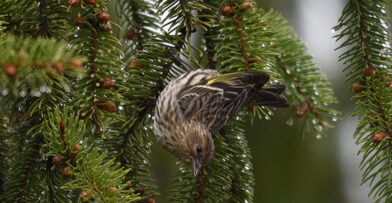Peregrine Falcons have long been revered for their impressive speed and aerial skills. After being threatened for decades, they have reinvented themselves into the kings of the urban jungle with a spectacular recovery across cityscapes. Today, they are a conservation symbol for one of North America’s recovering endangered species.
The Peregrine’s Aerial Adaptations
The success of the Peregrine Falcon as a top aerial predator comes from some incredible physical adaptations. Truly a bird built for speed, the Peregrine sports sharply-pointed wings lined with stiff feathers, remarkable eyesight that can pinpoint prey mid-flight, and a very efficient respiratory system allowing them to breathe effortlessly even at speeds three times as fast as a cheetah. These adaptations allow them to claim a top diving speed of an incredible 240 miles per hour, making them the fastest member of the animal kingdom.
Diet and Habitat
With all of these special aerial adaptations, Peregrine Falcons have no problem consuming a diet that consists primarily of birds. Peregrine Falcons are one of the largest falcon species, weighing in at an average of 2.5 pounds with a 3.5-foot wingspan. Peregrines prefer wide-open habitats with areas of high elevation where they can nest. While they are found throughout the world, they primarily gather along coastlines, mountain ranges, and in cities. Along the coasts they prey upon birds such as ducks and gulls, but in cities they perch on top of skyscrapers scanning for Rock Pigeons and European Starlings. To learn more about this species, meet Otis, Schlitz Audubon’s resident Peregrine Falcon, at one of the Center’s Raptor Program events.
Challenges to Peregrine Falcon’s Survival
Despite being a fierce hunter, they faced a grave challenge against a deadly pesticide, known as DDT, back in the mid-20th century. DDT significantly weakened Peregrine’s eggshells, leading to multiple failed breeding seasons and causing their population to decline rapidly. The correlation between DDT and weakened eggshells was discovered and the pesticide was banned in the United States in 1972, with citizen activists, including Bayside birdwatcher Lorrie Otto, and students like UW-Madison’s Joseph Hickey, leading the way for Wisconsin to be the first in the nation to ban it. The Peregrine Falcon was placed on the Federal Endangered Species list in 1973. Conservation efforts since then have brought these birds back from the brink of extinction.
Federally, the Peregrine Falcon was taken off of the endangered species list in 1999, but in Wisconsin, they are still considered an endangered species. But, because of the integral implementation of nest boxes across the state, we have significantly increased their population.
Companies like We Energies have supported Peregrine Falcon populations by building nest boxes in their power plants, which act as ideal nesting sites due to their tall structures. We Energies began their program to help Peregrines in the early 1990s, and today their nest sites have produced 380 of these birds. In 2019, there were 110 young hatched at 37 successful nest sites across the state, with five of them hatching in Milwaukee.
The next time you are outside, look toward downtown Milwaukee or the shores of Lake Michigan, and you may be lucky enough to see that flash of slate grey feathers barreling through the sky after its prey.


